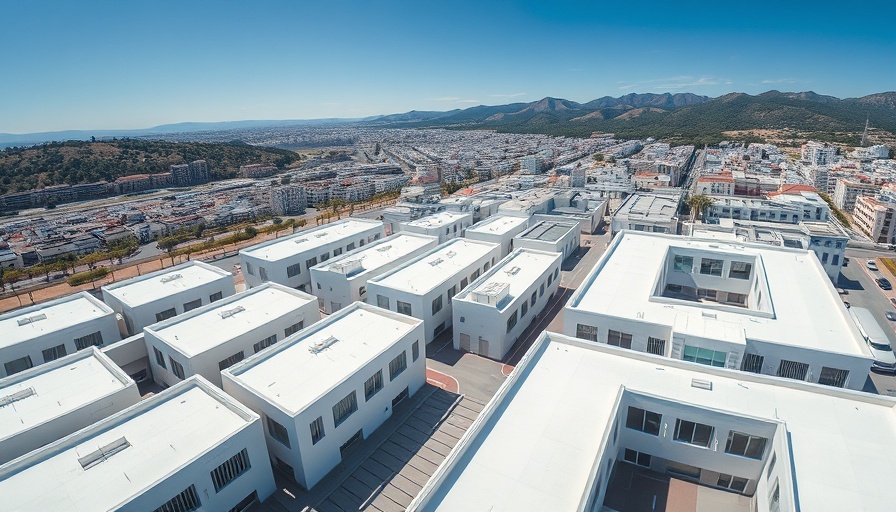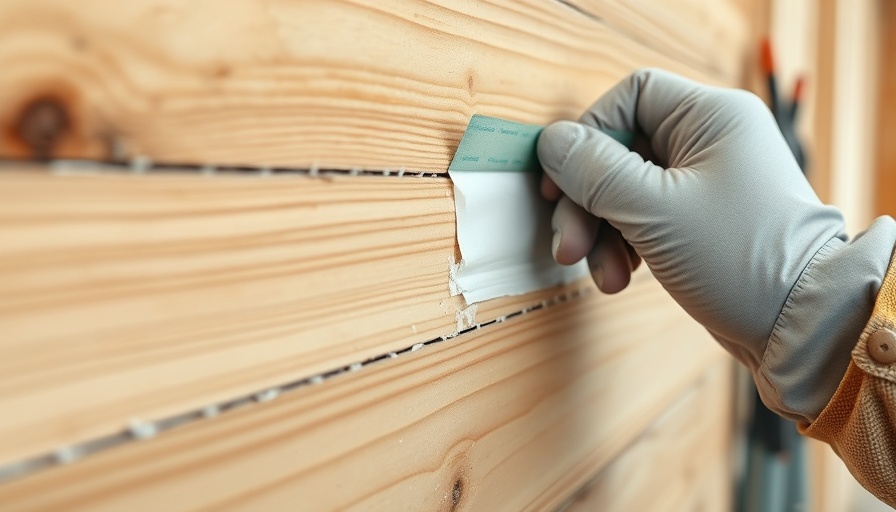
A New Era for Higher Education in Coachella Valley
This spring marks the beginning of a transformative chapter for higher education in the Coachella Valley with the groundbreaking of the College of the Desert (COD) Palm Springs campus. Spanning 175,000 square feet and costing $268 million, this ambitious project is set to address critical educational access needs by providing state-of-the-art facilities directly in the heart of the community. Targeted toward students who may face economic barriers to education, the campus aims to create opportunities for thousands in Palm Springs and its surrounding areas.
Innovative Facilities Designed for Future Generations
The new campus is designed to foster innovation and community engagement. At its core will be the Accelerator Building, a two-story structure dedicated to advanced learning in areas such as digital media, healthcare, and architecture. Equipped with cutting-edge technology labs, makerspaces, and specialized facilities like a film screening studio and a state-of-the-art cafe, this building represents a shift towards collaborative and flexible learning environments that are crucial in today’s educational landscape.
Commitment to Sustainability
As educational institutions increasingly prioritize sustainability, the COD campus is setting a benchmark. Designed to achieve LEED Gold Certification, the campus will utilize photovoltaic power generation along with other energy-efficient design elements. Moreover, the landscaping is geared toward water conservation, featuring nearly 800 trees and native plants that promote local ecology. This focus on sustainable design not only benefits the environment but also creates a healthier learning atmosphere for students.
Strategic Planning and Cohesion
The thoughtful layout of the campus features three main buildings connected by a striking steel breezeway, which serves a dual purpose: providing shade crucial for the desert climate and acting as a unifying architectural feature. This intentional design enhances the flow between learning and community engagement areas, ensuring that students and faculty can transition seamlessly between spaces.
Challenges and Opportunities in Desert Conditions
Building in the challenging conditions of the Coachella Valley requires careful planning and execution. The project team, led by C.W. Driver Companies, is implementing strategies to manage extreme temperatures and logistical challenges in sourcing subcontractors. Innovative measures include adjusting construction schedules to cooler hours and ensuring adequate safety protocols for workers, which underscores the commitment to both efficiency and wellbeing amidst harsh conditions.
Looking Ahead: A Hub for Community and Creativity
Scheduled for completion in 2027, the COD Palm Springs campus not only aims to fulfill the educational needs of the community but aspires to become a cultural and creative hub. By offering diverse learning pathways and promoting community connections, the campus is poised to play a pivotal role in evolving the educational landscape of the Coachella Valley.
 Add Row
Add Row  Add
Add 






Write A Comment